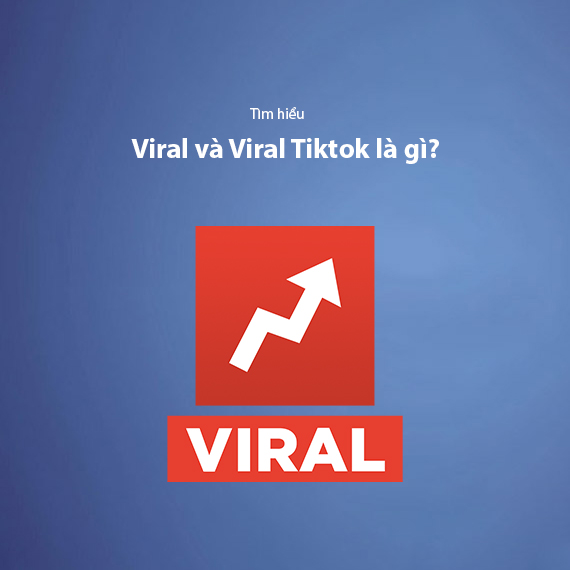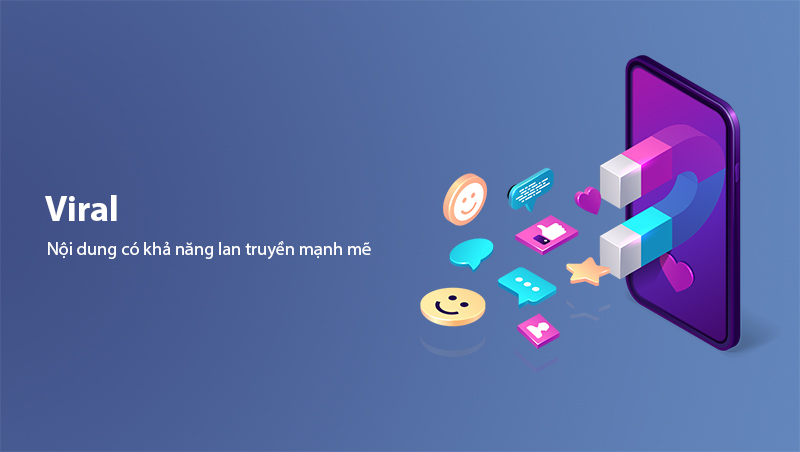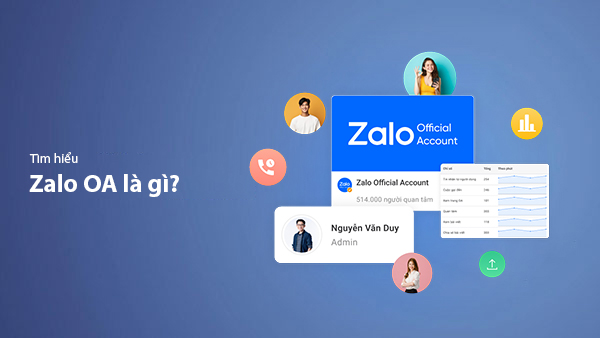Understanding What Viral Means and How to Create Trending TikTok Content
- Published on

- What is Viral?
- What is Viral TikTok?
- How Does TikTok's Algorithm Work?
- Factors Affecting TikTok's Algorithm:
- How Does TikTok Use This Data?
- Key Elements for Going Viral on TikTok
- Creative, Unique, and Accessible Content
- Catching Trends (Trending Content)
- High Engagement in a Short Time
- Optimized Video Quality and Duration
- Joining or Creating Challenges
- Post Timing and Audience Targeting
- Using Strong Call-to-Actions (CTAs)
- How to Create Viral Videos on TikTok
- Define Your Goals and Target Audience
- Make a Strong Impression in the First 3 Seconds
- Leverage Trends and Popular Sounds
- Create Shareable and Interactive Content
- Optimize Videos with Hashtags and Compelling Descriptions
- Professional Editing and TikTok Effects
- Choose the Best Posting Time
- Engage After Posting
- Conclusion
What is Viral?
"Viral" is a term derived from English, originally referring to "virus" – an agent that spreads rapidly. In the context of media and social networks, viral refers to content, an event, or a message that has the ability to spread strongly and quickly within the community, similar to how a virus spreads in nature.

When content is described as viral, it means it has achieved wide recognition and is continuously shared by users across digital platforms. Viral content is often not only popular but also influential, creating either a positive ripple effect or sparking controversy.
For example, on social media platforms such as TikTok, Facebook, or Instagram, "hot trend" videos, unique posts, or humorous images often quickly reach millions of views and shares in a short period, helping the content achieve a viral status.
You might be interested: What is Social Marketing?
What is Viral TikTok?
Viral TikTok refers to a phenomenon where a video on TikTok spreads rapidly, attracting a large number of views, likes, comments, and shares in a short period. This is the result of a combination of creative content, trending hashtags, and TikTok's algorithm optimization. A video becomes viral when it not only impresses viewers but also encourages interaction and wide sharing within the community.
On TikTok, viral videos typically fall into several categories:
- Challenges: Challenges like the "TikTok Dance Challenge" attract many users to participate and share.
- Unique or humorous content: Creative ideas or storytelling in a humorous way often stand out.
- Music trends: Using popular background music increases the likelihood of the video appearing on the "For You" tab.
- Sharing experiences or valuable insights: Videos providing practical information, tips, or inspiring stories.
The viral effect on TikTok not only helps content creators' accounts grow quickly but also opens up opportunities to reach a global audience. This is why TikTok has become a platform widely used by individuals and brands to enhance brand recognition or build a community.
How Does TikTok's Algorithm Work?
TikTok's algorithm, known as the "For You Page Algorithm" (FYP), is the core mechanism that allows content to reach millions of users and become viral. This is an intelligent content distribution system, relying on personalized user data to display the most relevant videos. So how does this algorithm work?
Factors Affecting TikTok's Algorithm:
-
User Interaction:
- Likes, comments, and shares are indicators of a video's appeal.
- Watch time: If users watch a video to the end or rewatch it, the algorithm considers it high-quality content.
- Followed accounts: Interaction with accounts you frequently engage with also impacts recommendations.
-
Video Information:
- Hashtags and keywords: Popular hashtags like #FYP, #viral, or trend-related keywords help increase visibility.
- Sound: Using trending background music can make videos more likely to appear in prioritized lists.
- Content elements: Factors such as topic, length, and video quality are all evaluated by the algorithm.
-
Personalized Behavior:
- Language, country, and time zone: The algorithm prioritizes content relevant to local culture and user preferences.
- Activity history: Videos you've watched, liked, or interacted with shape your feed.
How Does TikTok Use This Data?
After analyzing these factors, the algorithm suggests videos in the "For You" tab of users. The unique aspect is that it doesn’t prioritize videos from big accounts but rather evaluates each piece of content based on its quality and engagement potential. This creates opportunities for anyone, even new users, to produce a viral video.
Key Elements for Going Viral on TikTok
To achieve viral status on TikTok, it’s essential to understand and effectively apply the factors that enhance content appeal and spreadability. TikTok is not just a social media platform but also a trend-spreading tool, where creativity and interaction play key roles. Below are detailed analyses of key factors to make your video stand out.
Creative, Unique, and Accessible Content
- Creativity is the top factor that makes your content stand out among millions of videos. TikTok users are drawn to videos that are surprising, humorous, or have a unique approach.
- Accessibility means the content should resonate with a wide audience. Simple yet interesting videos, like quick tutorials, light entertainment, or relatable stories, often become viral sensations.
Example: A video using quick storytelling with humorous expressions can easily gain more views than an overly complicated one.
Catching Trends (Trending Content)
- TikTok is a dynamic platform where trends change constantly. Quickly catching onto hot trends, from sounds and hashtags to new challenges, helps you reach a large number of users interested in those topics.
- Trending Sounds: Popular songs or audio clips are always prioritized. Choose sounds that complement your video’s theme.
- Trending Hashtags: Hashtags like #FYP, #ForYou, or those linked to specific campaigns or challenges increase the likelihood of your video appearing on the "For You" page.
High Engagement in a Short Time
- Initial engagement time is crucial. If your video receives many likes, comments, or shares shortly after being posted, TikTok's algorithm will prioritize showing it to more users.
- Pose questions or suggest actions directly in the video, such as:
"What do you think about this?" or "Try it and tag me!" to boost viewer interaction.
Optimized Video Quality and Duration
- Sharp visuals and clear audio: High-quality videos create a positive impression and retain viewers longer.
- Video length: Short videos, ranging from 15–30 seconds, are more effective at capturing and retaining attention. The first few seconds are especially crucial to make an impact.
Joining or Creating Challenges
- Challenges like #DanceChallenge or #LipSyncChallenge are major sources of inspiration on TikTok. Participating in these challenges helps you connect with a larger community and increases the chance of your video being shared.
- If you’re creative enough, you can initiate a new challenge. This not only makes your video viral but also establishes you as a trendsetter.
Post Timing and Audience Targeting
- Optimal posting times: TikTok has peak activity hours (6 PM–9 PM) when users are most active. Posting during these times enhances your chances of reaching more viewers.
- Understand your audience: Tailor content to align with the habits, preferences, and culture of your target audience.
Using Strong Call-to-Actions (CTAs)
- End your videos with compelling CTAs, such as:
- "Like this video if you enjoyed it!"
- "Share with your friends to try this out too!"
- CTAs not only boost engagement but also encourage viewers to take immediate action.
How to Create Viral Videos on TikTok
Creating a viral video on TikTok requires a blend of creative thinking, an understanding of the platform’s algorithm, and the ability to catch trends. Here’s a detailed step-by-step guide to increase your chances of making your video stand out and spread widely.
Define Your Goals and Target Audience
- Clear goals: Ask yourself what you aim to achieve with your video:
- Increase account followers.
- Build personal or business branding.
- Create entertaining or value-driven content.
- Understand your audience: Analyze the age, gender, preferences, and TikTok habits of the audience you want to target.
Example: For Gen Z, content should follow trends, use youthful language, and align with current fads.
Tip: Use TikTok Analytics to analyze follower demographics and optimize your content accordingly.
Make a Strong Impression in the First 3 Seconds
- On TikTok, the first few seconds determine a video’s success. If not engaging enough, viewers will scroll past immediately.
- Ways to enhance the opening:
- Eye-catching visuals: Use unique angles or striking effects.
- Engaging sound: Start with a dynamic, trending track.
- Dramatize the content: Pose a question or situation that sparks curiosity, like:
"You won’t believe what happens next!"
Tip: Tease an exciting “result” at the beginning but reveal it later in the video to retain viewers longer.
Leverage Trends and Popular Sounds
- Catch Trends: TikTok thrives on constant change. Monitor trending topics via the Discover tab or popular videos in your niche.
- Viral Sounds: Videos with trending music are often prioritized. Choose sounds that fit your content theme or blend harmoniously with your idea.
Tip: Customize trends in your unique style instead of copying them. This allows you to capitalize on the trend while maintaining a personal touch.
Create Shareable and Interactive Content
- Easy to Share: Content that is humorous, emotional, or offers practical value often has high viral potential.
- Increase Interactivity: Pose questions or action prompts to your audience, such as:
- "Have you tried this? Share your thoughts in the comments!"
- "Tag a friend you think will enjoy this video!"
Tip: Short tutorials, life hacks, or easy-to-join challenges are always highly engaging.
Optimize Videos with Hashtags and Compelling Descriptions
- Hashtags: Use popular ones like #FYP, #viral, #ForYou to boost visibility on the "For You" tab. Also, select hashtags relevant to your video’s topic to attract the right audience.
- Description: Write concise, engaging descriptions paired with CTAs or questions to encourage viewer interaction.
Tip: Avoid overusing generic hashtags. Instead, combine trending hashtags with niche ones to target your audience effectively.
Professional Editing and TikTok Effects
- High-Quality Editing: Use apps like CapCut, InShot, or TikTok's built-in tools to enhance video quality.
- Leverage Effects: TikTok's special effects and filters not only make videos more appealing but also attract attention with their novelty.
Choose the Best Posting Time
- Post During Peak Hours: Optimal times include 6 PM–9 PM on weekdays and weekends when user activity is high.
- Use TikTok Analytics to identify when your audience is most engaged.
Engage After Posting
- Once your video is live, actively respond to comments and questions. TikTok values continuous interaction, such as replying to comments, creating response videos, or engaging with viewer suggestions.
- This increases engagement and builds a stronger connection with your audience.
Conclusion
TikTok is not just a social media platform but a creative ecosystem where anyone can become a phenomenon if they know how to seize the opportunity. To create a viral video, combine creativity, a well-planned content strategy, and the ability to catch trends. However, persistence and continuous learning also play an essential role in achieving long-term success on the platform.
Creating viral content is not a fixed formula but a process of constant experimentation, learning, and improvement. Each video you post provides data and opportunities to better understand your audience. Always stay in tune with what viewers are looking for, and don’t hesitate to try new ideas.
Latest Posts

Lesson 26. How to Use break, continue, and return in Java | Learn Java Basics
A guide on how to use break, continue, and return statements in Java to control loops and program execution flow effectively.

Lesson 25. The do-while Loop in Java | Learn Basic Java
A detailed guide on the do-while loop in Java, including syntax, usage, examples, and comparison with the while loop.

Lesson 24. How to Convert Decimal to Binary in Java | Learn Basic Java
A guide on how to convert numbers from the decimal system to the binary system in Java using different methods, with illustrative examples.

Lesson 23. How to Use the While Loop in Java | Learn Java Basics
Learn how to use the while loop in Java with syntax, real-world examples, and practical applications in Java programming.
Related Posts

What is CRM Software? Top 15+ Best Customer Relationship Management Software
Discover the definition of CRM software, its role in customer relationship management, and a list of 15+ top CRM solutions to help businesses enhance customer service performance and achieve sustainable growth.

What Is Local Guide? Benefits of Becoming a Local Guide on Google Maps
Local Guide is a community program by Google Maps where users can contribute reviews, photos, and location information to improve map data. This article explains what Local Guide is and the benefits of being an active member.

What is Zalo OA? A Detailed Guide to Creating Zalo Official Account for Businesses
Zalo Official Account (Zalo OA) is a crucial tool that helps businesses connect with customers and optimize their online business operations. This article provides a step-by-step guide on how to create a Zalo OA from A to Z.

What is Zalo Ads? A Guide to Running Effective Zalo Ads
Discover what Zalo Ads are and learn how to run effective Zalo advertising campaigns to reach customers and boost sales in the digital era.

